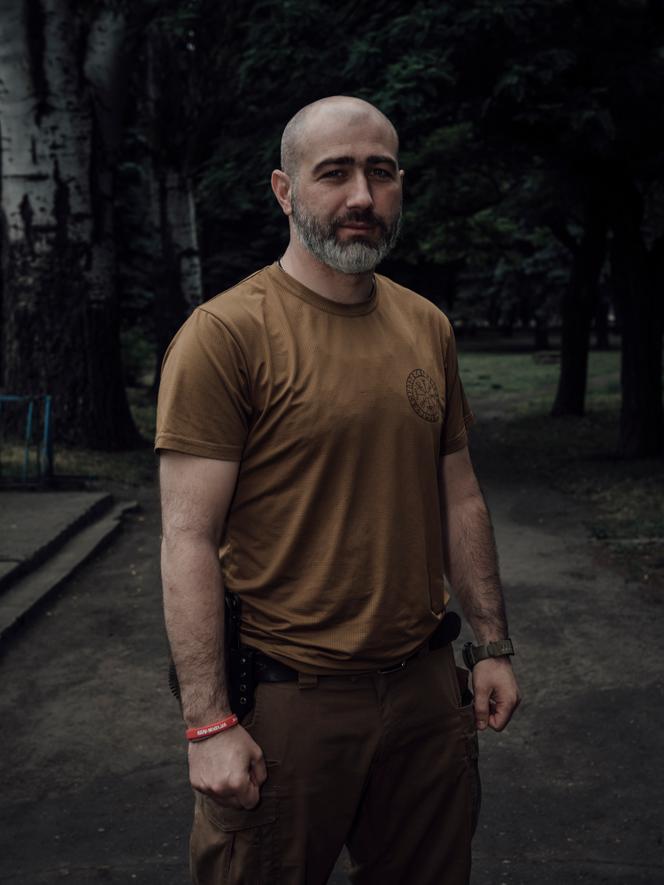


For nearly three months, Anna's friends have been leaving the small town of Mejove, which had about 7,000 residents before the war. Now, only Anna – a 17-year-old who preferred not to give her last name – remains as of Thursday, June 12, serving drinks to her new clientele: soldiers either returning from the front for a brief respite or about to be deployed. The town's atmosphere mirrored that of the café − a mix of civilians and soldiers along streets crisscrossed by plain khaki vehicles. Russian armed forces were drawing closer. "Of course it's scary," Anna said, her face nonetheless calm, as she insisted on completing her service at this small café in the Dnipropetrovsk region, located roughly 15 kilometers west of the border with Donetsk − the epicenter of fighting in the Donbas.
In recent days, after months of slowly gaining territory in the neighboring region at the cost of heavy losses in personnel and equipment, Moscow authorities declared having reached and crossed the border of the Dnipropetrovsk region – a claim Kyiv immediately contested. The announcements were accompanied by videos of Russian soldiers saying they had crossed the border area. As early as June 8, the Russian Ministry of Defense asserted that some of its units had reached the border and would continue their offensive further West. Kremlin spokesperson Dmitry Peskov said the next day that the offensive aimed to create a "buffer zone" with the Donetsk region, which is partially occupied but over which the Kremlin claims full sovereignty.
You have 66.3% of this article left to read. The rest is for subscribers only.
